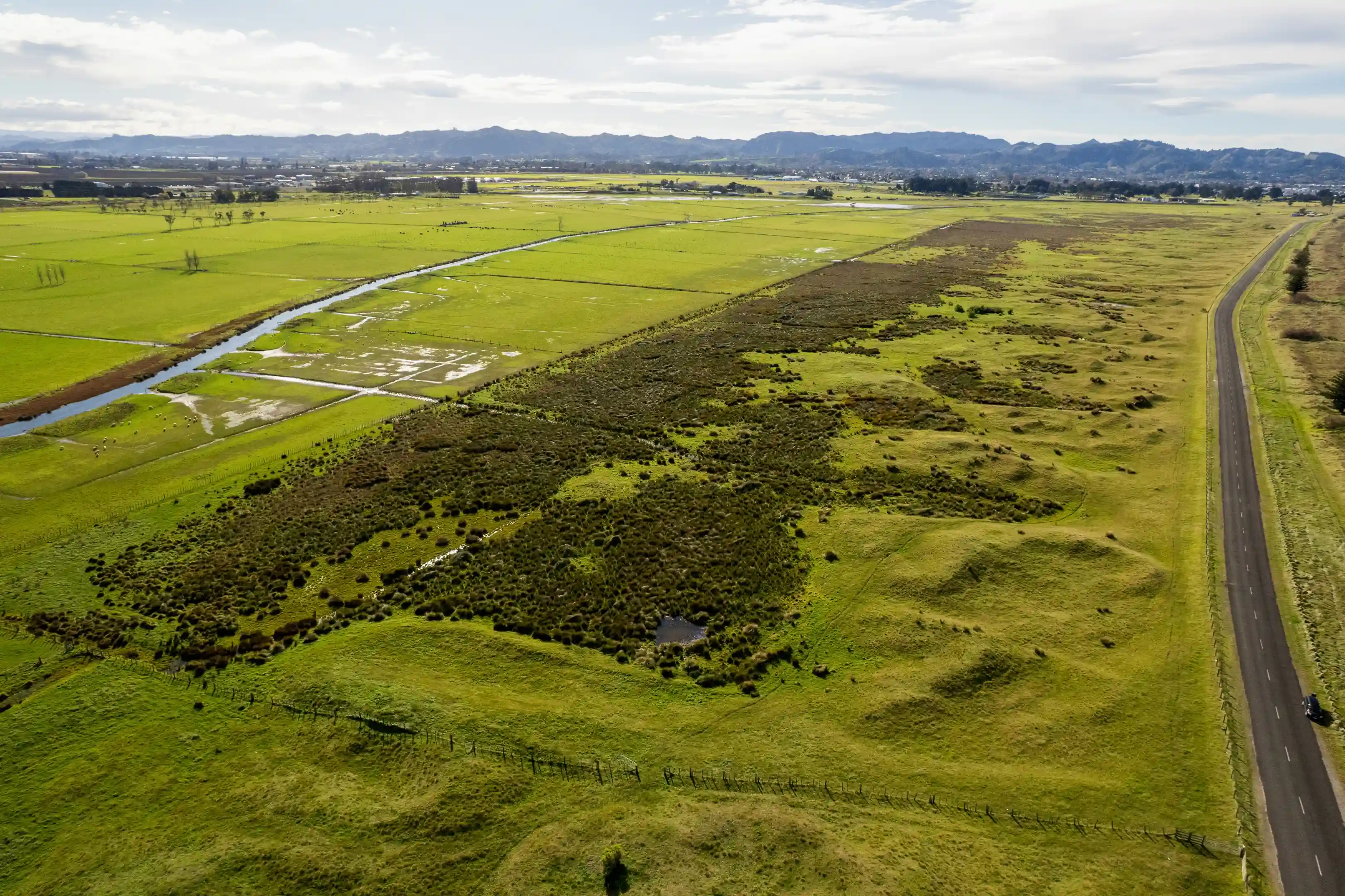An ambitious project to restore and develop the Awapuni Moana lands has the potential to bring transformational and intergenerational outcomes for Tairāwhiti.
Led by the not-for-profit Te Awapuni Moana Trust (TAMT), the project has several components, including exploring the potential for an international aquatic sports facility and associated land use options to improve wastewater treatment, resilience and climate mitigation. Key components are exploring wastewater reuse and aquifer recharge.
TAMT was supported with $25k from the Trust’s feasibility fund to develop a detailed project plan to inform wider feasibility workstreams.
Spanning about 730 acres, the Awapuni Moana is a place of deep cultural significance and ecological complexity. This low-lying coastal whenua once sustained a thriving lagoon and estuary fed by freshwater springs, inward flows and tidal influence. Since being drained in the 1950s, it has been impacted by land-use conversion and remains vulnerable to stormwater and saline intrusion.
It is administered by TAMT, a charitable māori land trust constituted under the Whenua Tōpū framework for māori community purposes.
“All hapū associated with Awapuni Moana trace their whakapapa to Ruapani te Arikinui o Tūranganui-a-kiwa,” says TAMT chair Samuel Lewis.
“In the spirit of his leadership defined by foresight, balance, and a life lived in harmony with people and environment, this kaupapa seeks to reflect the same foundational values. The path forward will be shaped through respectful engagement, considered succession, and the application of mātauranga that honours ancestral intent, collective responsibility and intergenerational wellbeing.”
While a potential aquatics sports facility would occupy part of the land, an integrated, holistic approach would be applied to the wider Awapuni Moana Trust property.
The project will explore aquifer recharge and alternate water sources for agriculture, highlighting its fundamental role in water security and climate change resilience for the region. The site has the potential to develop infrastructure to support the expansion of high-value farming activities by making available additional water for irrigation.
This links to the proposed investigation of land-based alternatives to ocean wastewater discharge—a long-held aspiration of tangata whenua.
“The potential exists for a multi-faceted development of this land, benefitting the region while safeguarding tangata whenua interests,” Samuel says.
The feasibility funding enabled TAMT to develop a comprehensive project plan incorporating the required studies and processes before undertaking a full feasibility assessment.
The Trust’s feasibility fund enables research to assess the viability and potential success of projects that aspire to benefit communities and economic growth in Tairāwhiti.


